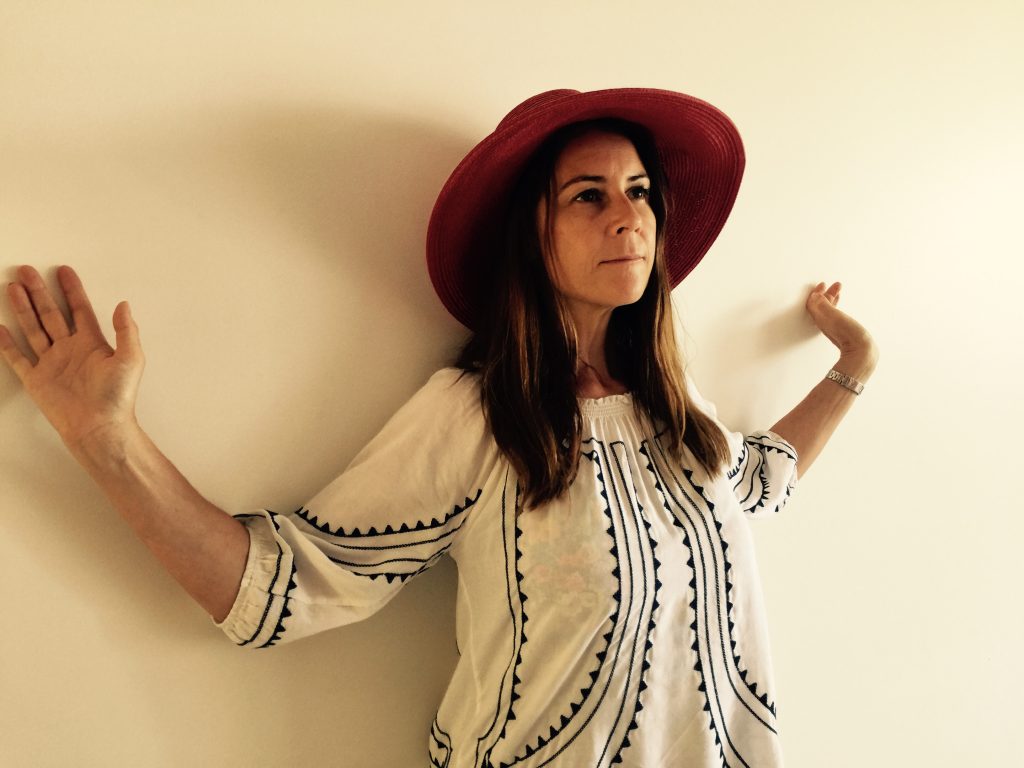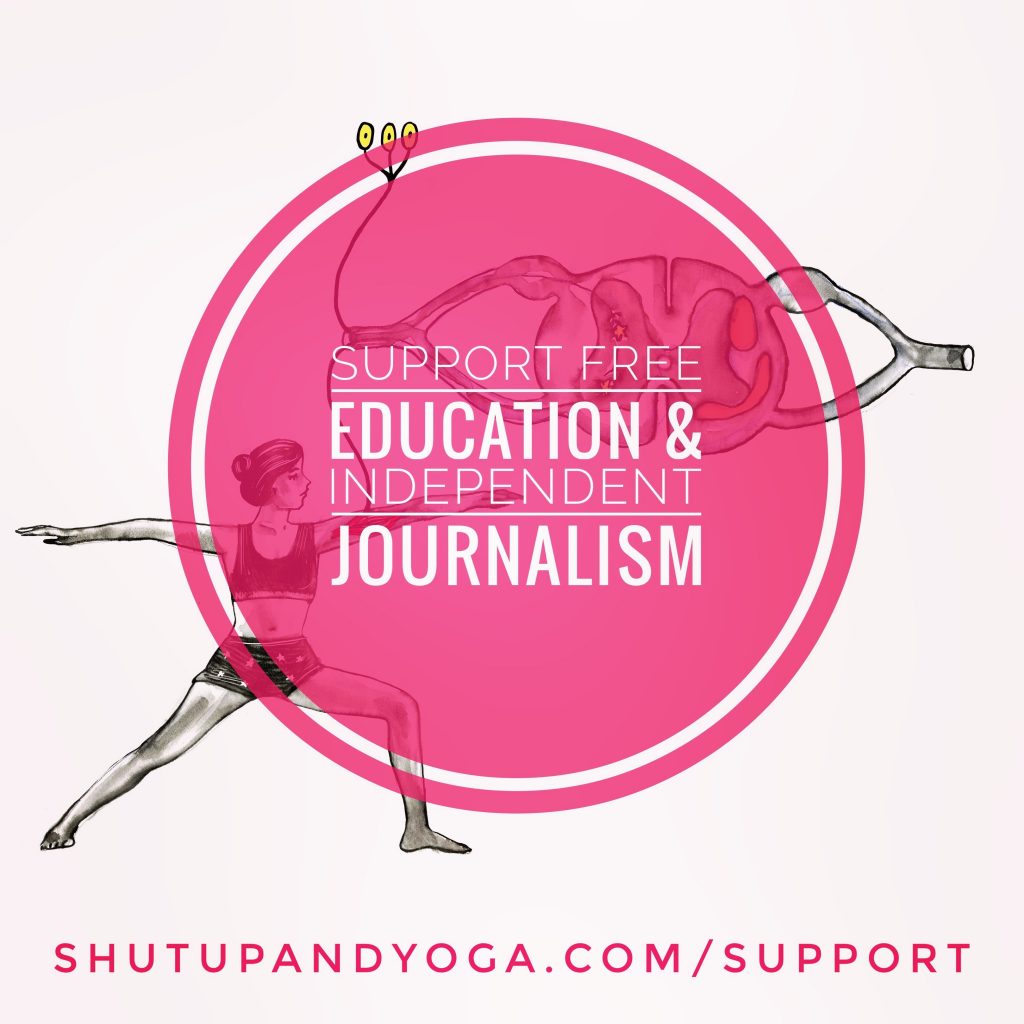Eighteen years ago, I was in the grip of the suffering known as severe Clinical Anxiety.
“Try meditation!” well-meaning medics and friends insisted. Of course they did. Meditation is the one-stop-shop for curing all things anxious, right?
I remember vividly my attempts. I remember the dark feeling of shame when my attempts failed, the crushing sense of defeat and worse still, the increase of a sense of my own isolation in a space that had no description worthy of its struggle and pain.
If meditation – which is supposed to help everything – made things worse, what kind of endless hell was I living in?
I tried a toe-to-head body scan by the Father of Mindfulness himself, Jon Kabat Zinn. His voice was so comforting I couldn’t get past the starting-point of my toes before my adrenalin-fortified body miraculously slipped into its only rest of the day. Looking back, that was a win. But that was not the instruction, which was to “stay with” all the parts of my body and move away from any other thoughts, wanderings or impulses. If I stayed awake, I was fighting myself in the name of “successful meditation”. If I fell asleep, I was failing to meditate.

The truth is the governing state of my anxiety was a sense of shame, failure, and self-doubt. So…go figure how well meditation was working on my healing.
In many ways, traditional meditation cues set up a person with anxiety for failure.
Suggesting to someone with anxiety that they should “still the fluctuations of their mind” or even clear it entirely, is not only patronising or rarely (if ever) achievable, but could be extremely harmful.
And the shaming of human experience in what are mainstream meditation techniques does not stop at people with anxiety. How many times have you found yourself in the most delicious of Savasanas, your body pumped with endorphins and that sense of ease with yourself that an hour of asana gives better than a glass of wine, drifting, dreaming, getting excited by life, finding easy access to the thoughts of the things you love again…when a disembodied voice breaks into your perfectly-healthy experience of inner assimilation and demands that you return your attention to your breath, the mat, the present moment. It as if humans can’t be trusted to be alone with themselves. There is a damaging undercurrent here – an insidious shaming of our naturalness.
There is just as much, if not more, danger of being injured in meditation as there is in yoga asana.
In fact, there is a greater danger–while a yoga teacher can see when a student’s shoulder is out of alignment in Trikonasana and make an adjustment, a meditator’s inner experience is invisible to anyone but themselves.
Cues in meditation really matter. It is so easy for a teacher to unintentionally name and shame a person’s inner experience. The space a teacher holds for their meditation students needs to be sensitive to the power of words and to yoga-scripts that might encourage brain-shaming, distancing, emptying and control.
It strikes me that many teachers don’t fully understand the origins of the “meditation scripts” they have been asked to teach.
When meditation came to the West it came through monks.
These many-thousands-of-years-old practices were handed down through generations of celibate men who had renounced the very things in which we in the 21st century find our aliveness: family, homes, jobs, beautiful foods, dancing, making love, creating life and engaging with it fully.

The life of abandonment, repression, and control these brave holy men were committing to was hard and probably lonely. To keep to the path, they developed practices to move away from their physicality, sensuality, and creativity…. practices to subdue thinking and feeling and the temptation to return to the world. Are those the kind of “healthy” practices you and I, who are fully engaged in life and seeking to strengthen our vitality and resilience, are going to find effective and supportive?
The truth is, people often come to meditation because they are feeling vulnerable and lonely, as I was, when I was struggling with one of life’s most painful inner and outer experiences. There is an opportunity for healing and recovery here, or for further pain.
The way I spoke to myself on the inside was already harming me enough. I needed to learn “ahimsa,” non-harming, as non-self-harming. The vows I needed to take were not the monk’s vows of distrusting my body and emotions to the extent of abandoning myself – I was already doing that.
I needed to fall in love with every part of myself again. I needed to begin to cultivate a healthy inner sanctuary.
It is not merely the lineage of meditation that has developed into these harmful scripts. There is so much “meditation chatter” out there that seems to have sprouted from a mash-up of modern spirituality, psycho-babble, and inspirational quotes.
If I had a dollar for every student who has come to me saying “I am not good at meditation, I can’t still my mind”, or “I can’t get to that nothingness”, “I never seem to drop in”, “I am too restless, I can’t sit still”, “Am I doing it right?”, “Am I doing it wrong?”, “It’s boring”. “It’s hard”… I’d be a rich woman.
This inner commentary aptly expresses a collective neurosis that emerges from modern meditation. And it is hardly surprising. A snapshot of meditation language reveals a picture of control, repression and body-and-brain shaming that could turn the healthiest of minds insane.

How many times have you been urged to “discipline” your “monkey mind”? You have a mind that thinks. It can think between 60,000 and 80,000 thoughts a day. My best friend passed from a brain tumour and I watched the shrinking of that healthy, miraculous and life-engaging natural process until there were no thoughts, there was no connection to life anymore in him. He would not have wished that on his worst enemy. Why would we wish for that in healthy people who are meditating?
“Anchoring” to breath, “fixing attention,” resisting dreaming and drifting, repressing a body’s need to fidget or sneeze, squashing down plans, manifestations, cherished memories or the invitation to connect with a loved one – to be that living prayer and invocation to life as you meditate – why do we believe that repressing these Pranic energies is healthy?
Because we are meditating like monks– in other words, as people who believe the only way manage life is to avoid it.
The truth is, many people come to meditation feeling they are not good enough.
They can feel that they are not “doing life right,” that their challenges and anxiety are a fault of their own making.
These kind of meditation cues are a reflection of what many people are already doing to themselves on the inside – beating themselves up and knocking themselves down. They come to a teacher because they don’t trust their own voice anymore. When they hear “do nots” and a belittling of their thoughts and feelings, they are hearing the same negative tapes that run through their minds all the time. It is too easy to access these scripts without questioning them.
We come to meditation to heal, not to suffer.
We come to make peace with ourselves, not war. The real test of a technique is how is it working for you? Do you feel happier, stronger, more in love with life? Are you comfortable in your skin? Is meditation a place you go to because you can be yourself, spread out, welcome all your energies and cultivate a spacious presence for all of your life force to circulate?
What is changing for you on the outside? How are your relationships and working life? In your outer life, are you taking time and space for yourself to relax, play, rest and heal?
A healthy meditation practice, cultivated skilfully, will bring you all of these things.
Meditation is innate.
Its root word, in Latin – “medere” – means to heal. It is inner medicine – medicine for the soul. When I finally developed the freedom of my practice and used it to address my needs for healing, especially the healing of my own self-relationship, I fell in love with meditation. It is a core part of my life. I do it every day, all the time. I coach it, I teach it, I share it, I write about it.
When a student comes to me and says “I can’t meditate,” I say, “I don’t believe you.”
When I begin to show them the full range of permissions they have when they are in their open private inner space with no one watching them on the inside, they visibly brighten. When they hear “minds don’t wander, they journey, and drifting is a sign of going deeper,” I see them visibly melting back into their naturalness.
It is better not to meditate at all than to meditate harmfully.
Teachers have a key role here. We need to continue to develop a fresh and healthy language for facilitating each person’s individual experience. As meditators taking care of our own inner space, we need to cultivate a positive, friendly, self-embracing attention.
A good start is dropping some of the language of control, repression, distancing, and emptiness. The sacred life inside each us deserves a better quality of attention than that and whether as teachers or students, we have the power to provide that.

Illustration by Ksenia Sapunkova
Edited by Jaimee Hoefert
Enjoyed reading this article? Consider supporting us on Patreon or making a one-time donation. As little as $2 will allow us to publish many more amazing articles about yoga and mindfulness.





